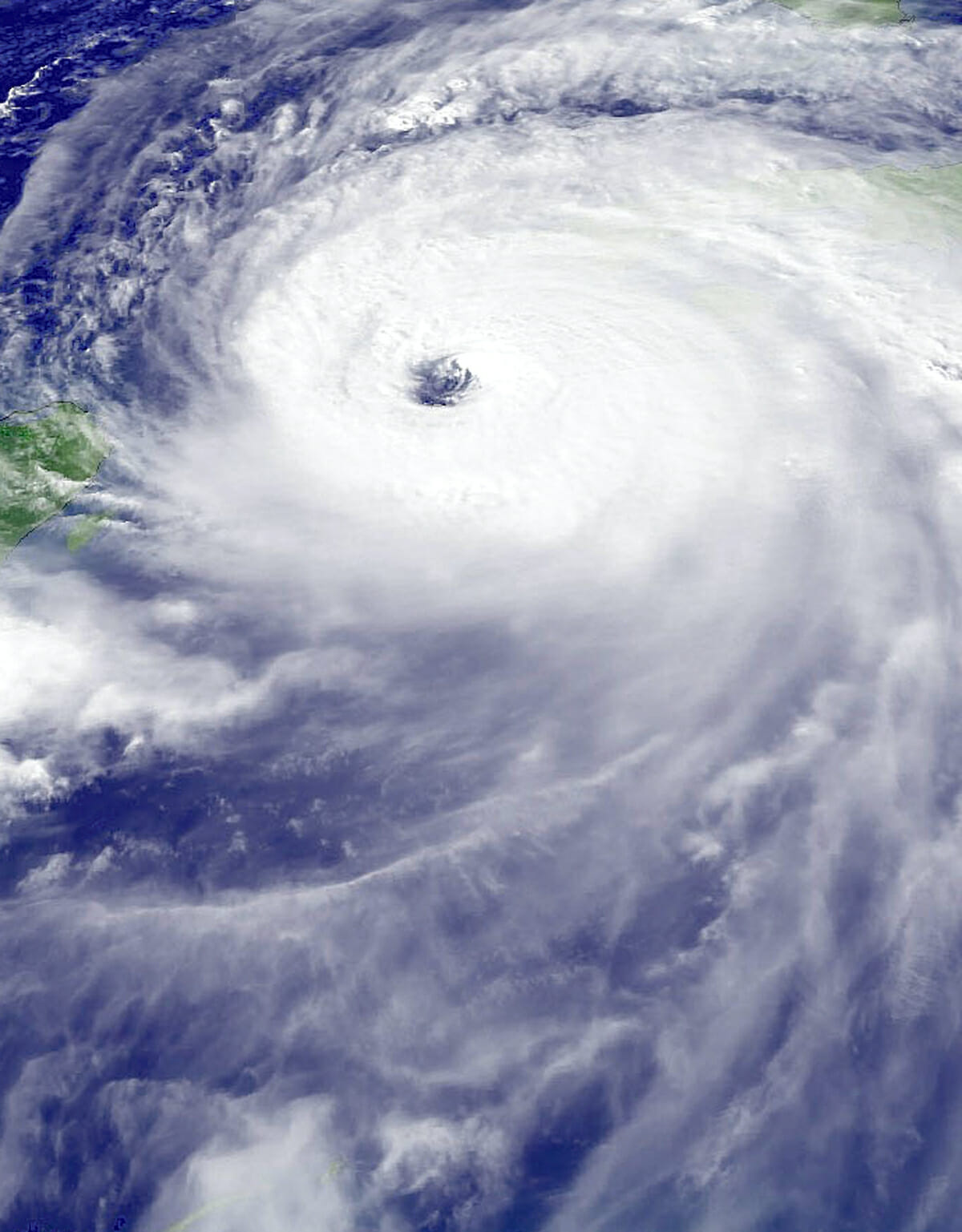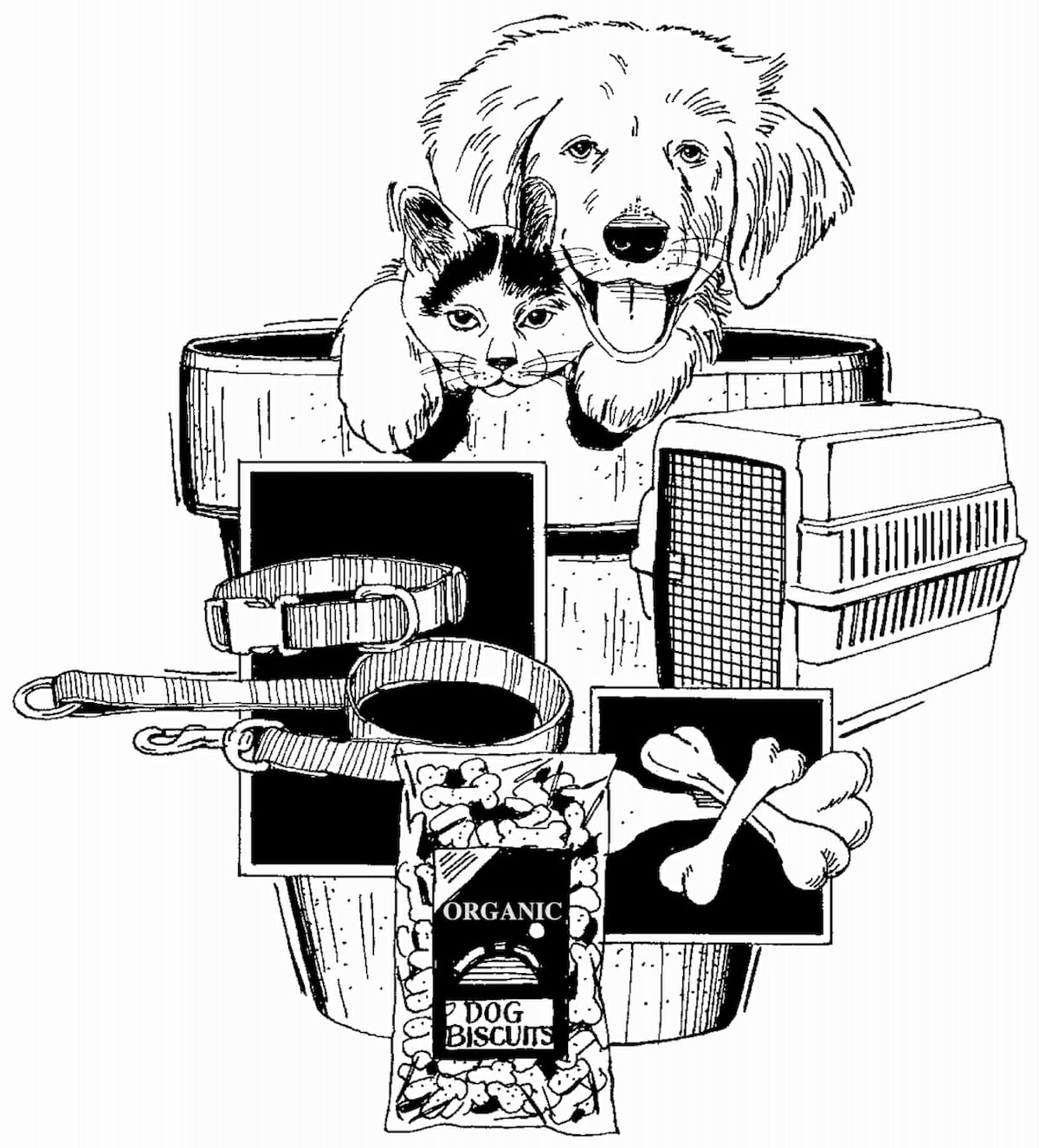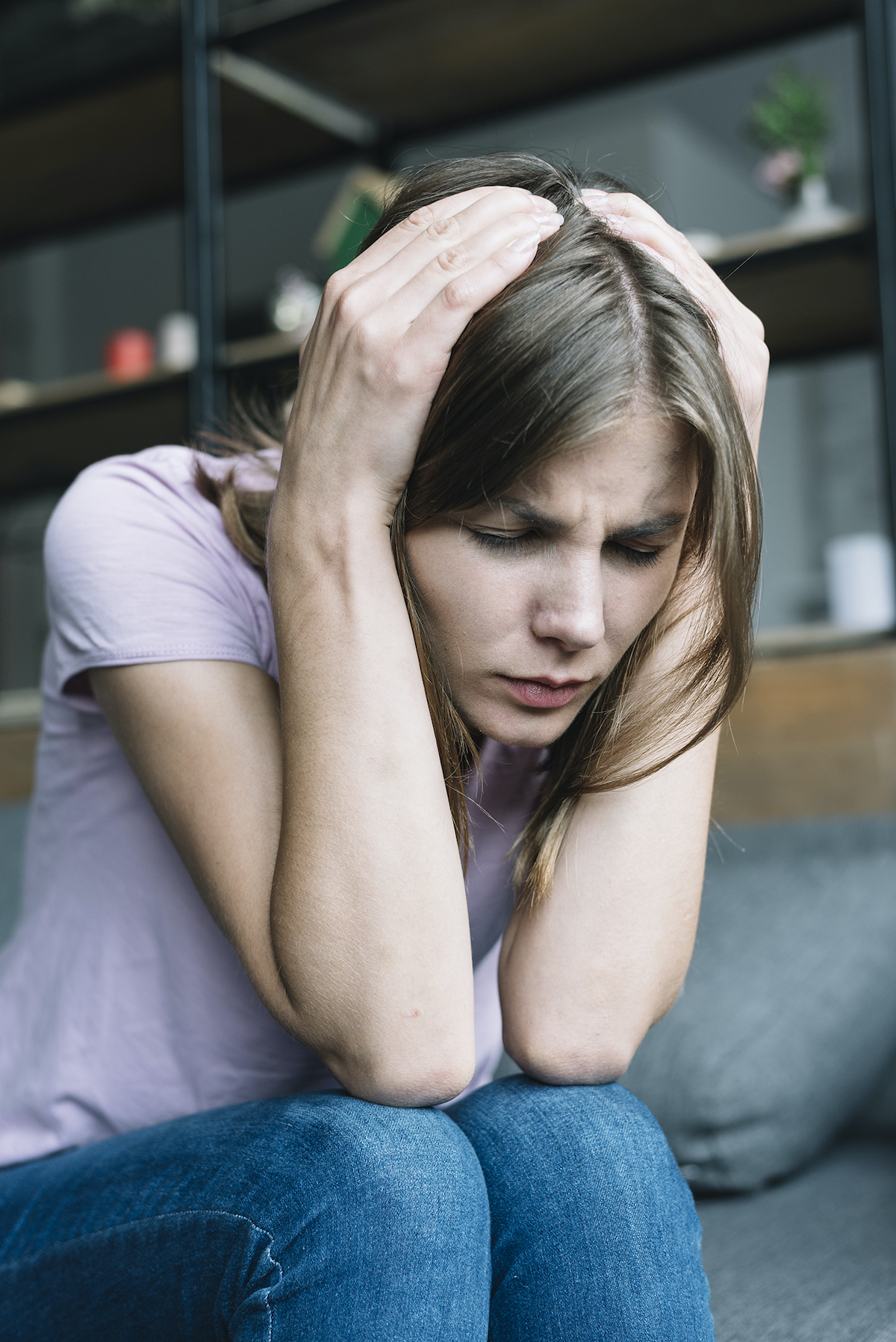slow-rising flood is possible in your area any time within the next few hours. A flash flood warning means a flood is already occurring or will occur soon in your area, and you may need to evacuate to higher ground immediately. The surge of ocean water, plus flash flooding due to torrential rains, make drowning the greatest cause of hurricane deaths.
BEFORE the Flood
Know the flood risk and the elevation for your area. This information is available from the planning department in your municipality.
Choose a safe area to go and prepare an evacuation plan.
Be advised that homeowner’s and windstorm insurance do not cover flooding. The National Flood Insurance Program is administered by the Federal government. Policies are sold through insurance agents. Consider flood insurance even if you live in an area not susceptible to flooding. Your area could experience a once or twice in a century flooding episode.
Keep insurance papers, important documents, and other valuables in a safe deposit box.
Stock a portable radio, flashlight, and emergency supplies.
Clear catch basins, drain covers and swale areas of debris.
Put away loose items that could impede water drainage (such as trash receptacles).
Disconnect pool pumps.
Raise household items and personal effects off the floor, turn off utilities at the main power switch, and evacuate to a safe location.
Close the main gas valve if you plan to evacuate.
DURING the Flood
Watch Phase
Sandbag (if possible) windows and doors.
Move furniture and other items to higher levels or raise above the floor.
Fill your car’s gas tank.
Listen to the radio or television for up-to-date information.
Warning Phase
Use telephones for life-threatening emergencies only.
Evacuate, if necessary, and follow instructions.
Do not walk or drive through flooded areas.
Stay off bridges covered by water.
Heed barricades blocking roads.
Keep away from waterways during heavy rains.
Keep out of storm drains and irrigation ditches.
AFTER the Flood
Listen to a portable radio for information.
Boil water at a rolling boil for one minute to kill infectious organisms.
Pump out wells and test water purity before drinking.
Use a flashlight to check for damage in gas, water, and electrical lines.
Always treat power lines/wires as if they were energized. If turning off electricity, turn off individual circuit breakers first, then the main circuit breaker.
Stay out of the disaster areas.
Do not use telephones unless there is an emergency.
Do not use vehicles except in an emergency.
Driving through flooded streets can cause wakes, sending water into houses and buildings.
Returning to a Flooded Home or Business
If you have any doubts about the integrity of your home or business electrical system as a result of flooding, check with local officials or a licensed electrician.
BEFORE entering a flooded building
Inspect the building. Make sure there is no structural damage, and the building is not in danger of collapsing.
Be alert for holes in the floor, loose boards, hanging or loose plaster, snakes, or other hazards.
Do not stand in water when operating switches, plugging in or unplugging appliances or resetting breakers or replacing fuses.
Evacuate immediately if you smell natural gas which has the odor of rotten eggs or see a broken gas line. Ventilate the area by opening windows or opening a door. Do not light matches, turn on any light switches, or use the telephone. Call your local utility from outside the home.
Do not smoke or use any open flames until the gas company deems it is safe.
Do not activate any electrical switch or appliance until the entire electrical system has been checked.
Do not attempt to reset breakers or replace fuses until all water has receded. Use caution. Some circuits above the flood level may still be energized.
Disconnect all electrical appliances before attempting to reset breakers or replace fuses. Be sure to wear dry shoes with rubber soles and stand on something dry and non-conductive, such as a dry piece of wood or wooden furniture.
Use a dry and non-conductive “tool” such as a wooden stick or piece of PVC pipe in one hand when resetting breakers. Place the other hand behind your back. Do not make contact with the metal breaker box and other grounded objects in the area.
Call a licensed electrician if breakers will not reset and continue to trip. This condition might indicate a short circuit in your electrical system.
Check for water damage in all appliances and make sure cords and other parts are dry before re-plugging them into wall sockets.
Disconnect an appliance immediately if a breaker trips, a fuse blows, or you see smoke or smell a burning odor. Have it checked by a qualified appliance service person.
AFTER entering a flooded building
Open windows and doors to allow air to circulate through the house to remove foul odors or escaped gas.
Don’t drink water from the house’s faucet unless water has been declared safe in your area. This includes not giving it to your pets, or using it for washing, cleaning, cooking, brushing your teeth, making ice, or making formula.
Contaminated water should be boiled vigorously for one minute to kill infectious organisms. If you don’t have power, you can mix 8 drops (1/8 teaspoon) of unscented household bleach per gallon of water and allow to stand for 30 minutes. It water is cloudy, add 16 drops and let stand for 30 minutes. The flat taste can be improved by adding a pinch of salt. In emergencies, limited amounts of water may be obtained by draining a hot water tank or by melting ice cubes.
Dispose of items that have been in contact with floodwaters including fresh meats, poultry, fruits and vegetables, prepared and processed foods, medicines and cosmetics in cardboard containers or bags and other packages that are not hermetically sealed.
Dispose of the contents of all screw-top glass containers or crown-capped bottles if the containers have been covered by floodwaters. This includes food in glass jars.
Thoroughly wash and sterilize all food utensils and equipment that were exposed to floodwaters.
Pump or bail out any remaining water and shovel out mud while it is moist. This will allow walls and floors an opportunity to dry out and minimize further structural damage.
Scrub all woodwork and floors with a stiff brush, plenty of water and a detergent to remove mud and silt from corners, cracks and crevices. Always start washing a wall at the bottom and work up. Starting at the top is likely to result in water streaking.
Take exposed furniture outdoors and remove drawers and other working parts as soon as possible. Clean off mud and silt with cold water. Do not leave wooden furniture in direct sunlight because it may cause warping.
Have upholstered furniture, especially pieces that were submerged or badly damaged, cleaned, dried and examined by an experienced upholsterer.
Clean metal as soon as possible. Metal may be wiped with a cloth saturated with kerosene after it is cleaned and dried.
Place valuables (papers, works of art, paintings, etc.) in cold storage to prevent mildew until they can be restored by an expert.
Raise wall-to-wall carpet to allow air to circulate through it.
Launder draperies and clothing or send to a professional cleaner immediately.












